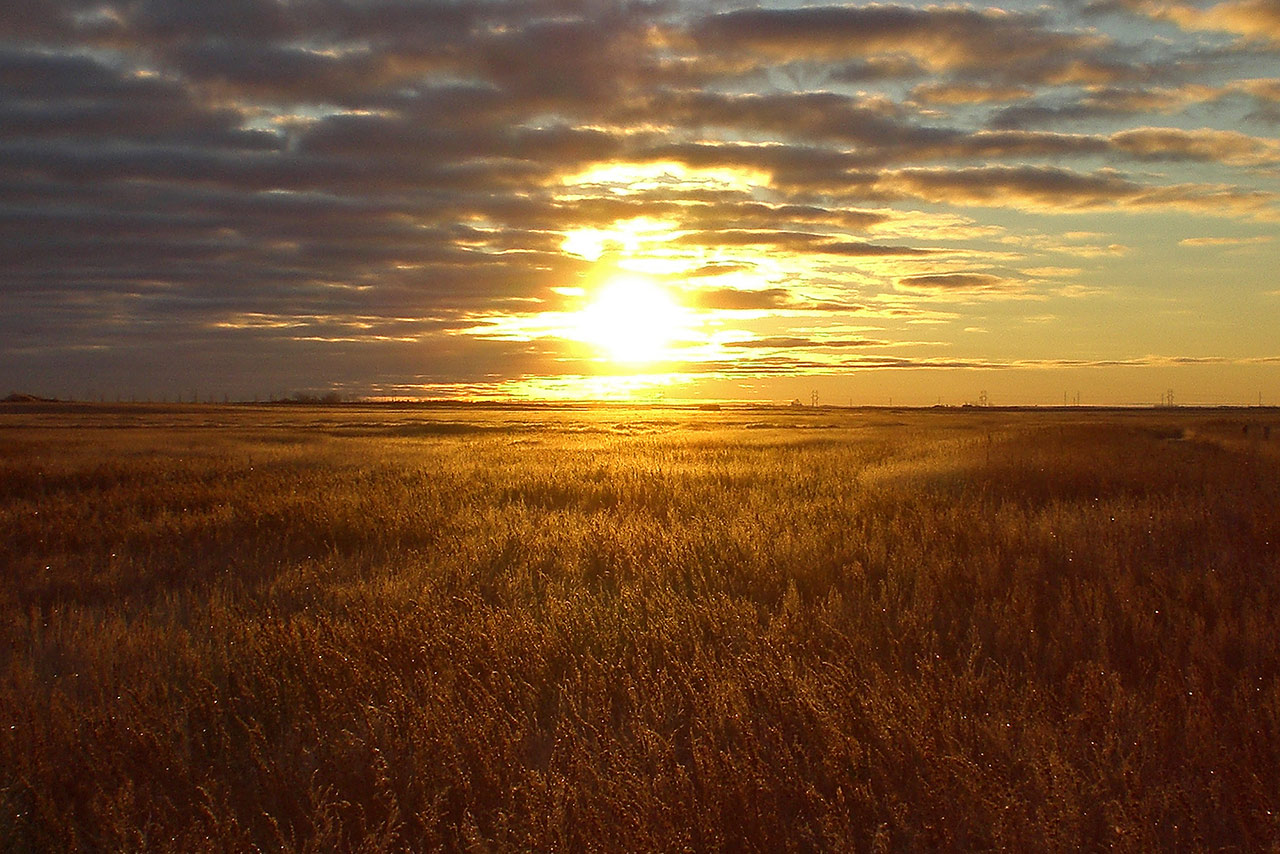For the PHJV, the adopted* definition of Human Dimensions refers to “everything in conservation that is not about wildlife and habitats”.
This includes the cultural, legal, political, economic and social constraints, and opportunities that influence both the status of wildlife populations, and the feasibility and success of conservation efforts.
* adapted from Decker, Riley, & Siemer 2012
Following NAWMP 2012 guidance, the PHJV has recognized the need to focus efforts and resources to build key relationships with key partners, stakeholders and rights-holders to collaborate and coordinate as we build towards conservation on working landscapes. To achieve the biological and human dimension outcomes, this plan has placed a focused on recognizing the pivotal role of land managers, governments, Indigenous Peoples and the general public play.
The Human Dimensions (HD) objectives, while separate from the habitat objectives to achieve population goals, are ultimately drivers of those habitat and population objectives on the landscape.





